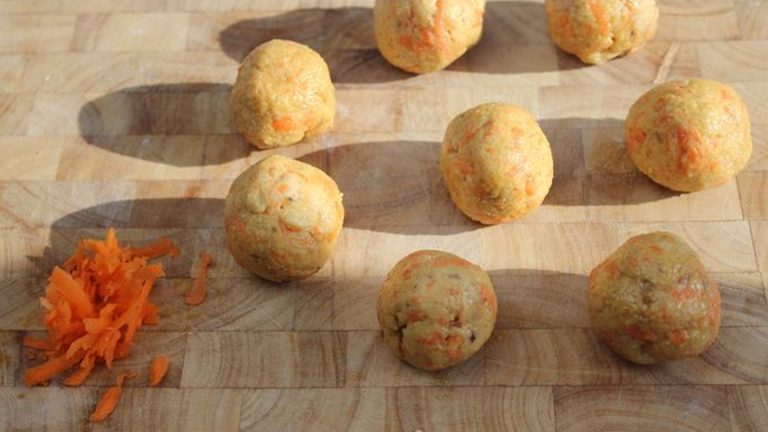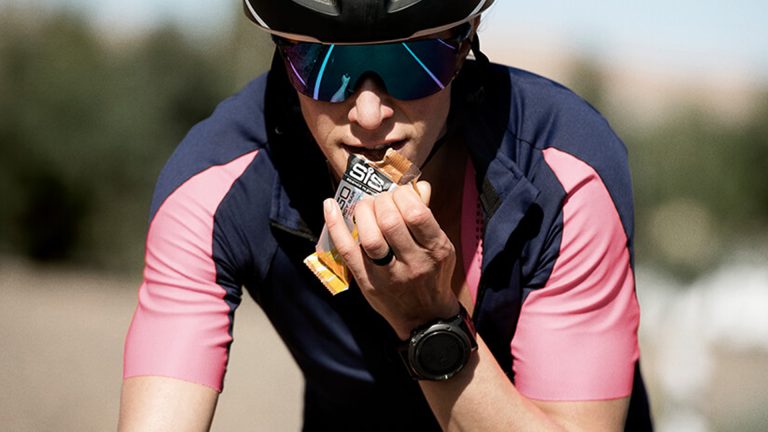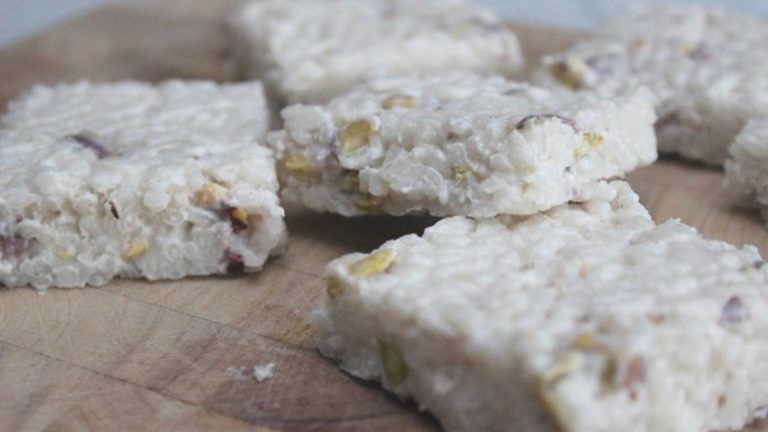The weather continues to batter the UK shores and unfortunately it looks like it’s set to stay that way for some time yet. We hate to say it, but there may be some time over the remaining months of winter where you just can’t get outside on your bike to play.

Don’t panic though, you can get your cycling fix indoors. We’ve already covered the option of rollers, however the other popular choice is indoor turbo training.
Both allow you to keep up that hard earned summer fitness when the weather takes a turn, however, unlike rollers, turbo training requires no feats of balance, or hanging off the kitchen bench while you master them.
Not only is turbo training useful to help you ride even when the weather is apocalyptic, it can also be utilised as a wonderful training aid to supplement your longer rides and as a warm-up before races.
Turbo Training: How it Works
The turbo trainer sits under the rear wheel of your bike, essentially turning your steed into an indoor exercise bike. You just clamp your bike into the frame using the provided quick release skewer through your rear wheel and away you go.

The rear wheel of your bike is suspended in an A-frame and the tyre rests on a roller in a resistance unit. Their are various methods used in turbo training to create the resistance such as:
– Air resistance
– Fluid resistance
– Magnetic resistance
– Electronically controlled resistance
Those turbo trainers using the original air resistance method are incredibly loud, using a fan to create wind resistance. However, technology has come a long way and those that use fluid resistance methods are relatively quiet, but also relatively expensive.
Turbo Training: Accessories
Mat
Unfortunately turbo training can be very noisy, think washing machine on spin cycle. If you live in an upstairs flat you may want to think twice, depending on how much you like your neighbours.
As a rule, the more you spend the quieter they get. You can also help by putting a yoga or camping style foam mat underneath the turbo trainer.
Not only will the mat help reduce unwanted noise, it will also stop the floor getting sweaty and it will! With no air flow even in the coldest of rooms, you’ll be perspiring away after 10 minutes on a turbo.
Towel
On top of a mat, it’s also a good idea to keep a towel handy. Just hang one over your handlebar so it’s within easy reach to mop your brow.
Riser block
As the back wheel of your bike is raised from the ground, supported by the turbo, you will also need to pop something under the front wheel to keep the bike level.

Riser blocks are available for this purpose, but that Yellow Pages or Argos Catalogue you’ve had lying about for ages will also do the job.
Turbo training tyres
Specific tyres are available for indoor turbo training. They help to make the turbo slightly quieter and are also made from a slightly harder compound of rubber so don’t wear down quite so quickly.
The action of the turbo and the heat it generates means that a tyre will lose it’s curved profile and begin to square off. If you are going to use a turbo regularly over winter it is worth looking at this option, an old tyre at the end of it’s life or even a wheel with an indoor training tyre on it just for turbo use.
Liked this article on turbo training? We think you will also like these:
Advice for first time turbo training cyclists





